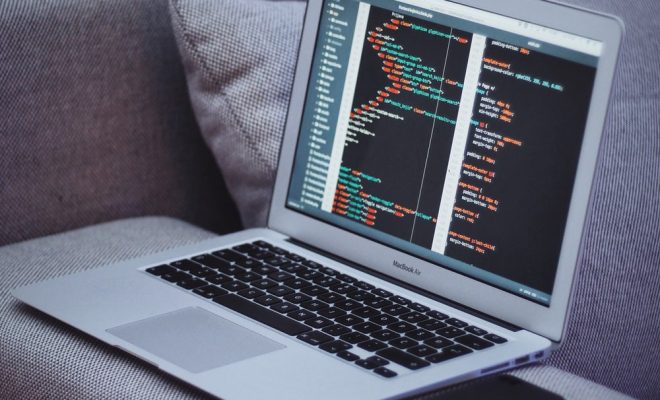The Double-Edged Sword Called Computer Vision Technology

Computer vision technology has been around for some time. Based on facial recognition algorithms, the software has become a boon for detecting fraud, restoring images, and gauging emotion. The many applications of computer vision technology have tech advocates exploring uses in several different fields.
The technology is more than a surveillance tool. Computer vision technology has been useful in business, health sciences, finance, and lifestyle applications. It’s also being used in schools.
When education adopts computer vision technology
Classroom teachers are masters of strategic strategy and deployment. It’s common for a teacher to have multiple small groups engaged simultaneously in distinctly different learning activities. At the same time, there could be several students working independently, and the teacher might be working with one or two strugglers or taking care of administrative tasks.
If that describes your classroom, how many times have you wished for a second pair of eyes? That’s where computer vision technology comes in.
Artificial intelligence filters alert teachers if a student is bored, sleepy, confused, or otherwise off-task. Computer vision technology is that second pair of eyes. It monitors student activity for off-task behavior so the teacher can intervene on the behalf of the student. China already uses computer vision technology in some of its schools. Not surprisingly, the students don’t like the idea of being singled out for off-task behavior, but teachers appreciate being able to help students when they need it.
Computer vision technology may have your back if you’re the classroom teacher, but what do parents think about their children being videoed continuously? Not all parents feel that their children’s emotions should be tracked and monitored throughout the day.
The tool meant to help teachers intervene immediately when students have any kind of difficulty can be a double-edged sword.
Reasons to worry
Emotion-detection software causes concern for many parents.
The children whose faces are being recorded are likely minors, so there are privacy and security issues to think about. It’s entirely appropriate for parents to questions how the software will be used and how long the data from it will be stored.
And finally, even though computer vision technology has been around for a while, it’s still not a mature application. It makes mistakes and even shows signs of bias. The algorithms for analyzing facial recognition and student emotions are not perfect. They cause the software to make mistakes. Will students be singled out because of skin color, special program status, or another grouping method?
Before you think, “It can’t happen to my children or me,” think again. Your school might not have computer vision technology yet, but it’s coming. Variations of this technology are already being implemented at St. Therese Catholic Academy (Seattle) and in Broward County Schools (Florida).
Will you welcome it?
You likely already have some of the technology in your home. Smartphone and voice assistants are always listening to what you say, but your smart TV and smart refrigerator may be videoing you. The convenience of technology could be a boon, but it also may
be an invasion of privacy.
At the very least, computer vision technology is a double-edged sword.




